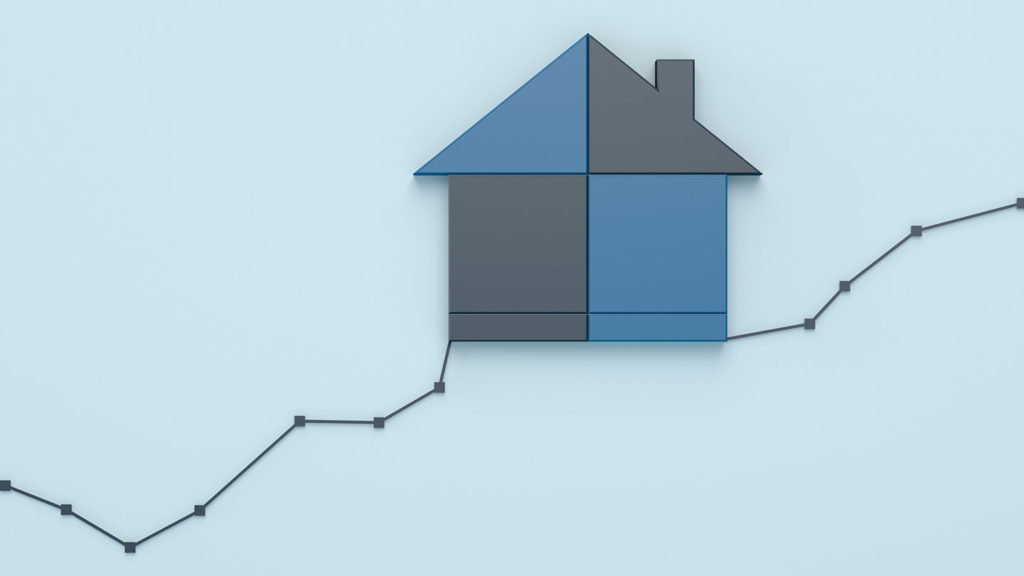
Demand recovery, inventory growth and the construction pipeline are the “trifecta” shaping senior living sector recovery, according to the National Investment Center for Seniors Housing & Care.
The NIC MAP primary markets recovered approximately 37% — 3.4 percentage points overall — of senior living occupancy lost during the pandemic. Occupancy grew from 78% in the second quarter of 2021 to 81.4% in the second quarter of 2022.
And although the sector still has some room to reach pre-pandemic occupancy levels of 87.2%, growth over the past four quarters suggests that the market’s recovery “remains well anchored in the short and long term,” according to NIC Senior Data Analyst Omar Zahraoui.
In fact, he wrote in a recent blog, senior living occupancy is on track for a fifth quarter of gains, based on August intra-quarterly NIC MAP data.
“Many factors continue to influence occupancy recovery for senior housing,” Zahraoui wrote, including demand recovery, inventory growth during the pandemic and the construction pipeline.
Recovery factors
When it comes to demand recovery, 78% of vacant senior living units within the NIC MAP primary markets were reoccupied by the second quarter. But 2022 occupied stock remains 1.8% below the first quarter of 2020. Zahraoui said that another 10,000 units (28%) must be reoccupied for a full recovery and a return to first quarter 2020 occupancy levels.
The inventory of senior living properties in NIC’s primary markets grew by 34,700 units — 5.3% — from the first quarter of 2020 to the second quarter of 2022. But the pace of that growth, Zahraoui said, remained slow compared with pre-pandemic levels.
The construction pipeline — more than 25,000 senior housing units were under construction in the second quarter — is another “idiosyncratic factor” shaping an uneven senior housing occupancy growth and recovery, he said.
“Senior housing occupancy is up from the pandemic low in all primary markets, but the occupancy recovery is taking a lot longer for some markets than others and has been influenced by both supply and demand dynamics,” Zahraoui wrote.
Uneven markets
The Atlanta and Cleveland markets experienced the fastest recoveries, in terms of reoccupied units, according to NIC. Notably, those two cities saw the largest demand improvements, exceeding the pre-pandemic first quarter of 2020 occupied stock level by 5.2% in Atlanta and by 2.3% in Cleveland.
Due to their relatively large increases in inventory during the pandemic, however, Atlanta (77.8%) and Cleveland (78.2%) occupancy rates remained below pre-pandemic levels, ranking them lowest among the 31 primary markets.
San Antonio, TX (81.8%) and Dallas (82.4%) occupancy rates saw fast recovery. San Antonio recovered 5.9 percentage points and is now 1.5 percentage points below its pre-pandemic levels, whereas Dallas recovered 6.1 percentage points and now is 1.4 percentage points below its pre-pandemic level.
Both markets improved their occupancy rankings among the primary markets — San Antonio moved from No. 28 in the first quarter of 2020 to No. 14 in the second quarter of 2022. Dallas improved from No. 24 to No. 10. Zahraoui attributed those changes to a fast recovery in occupied stock and a balanced new supply.
Looking ahead, markets with the largest number of units under construction as a share of existing inventory — think Miami and Portland, OR — may experience a slowdown in occupancy growth as those new uits enter the market, he said.
“The senior housing industry has been on a steady recovery path from the pandemic since the middle of 2021, and the second quarter of 2022 was no exception,” Zahraoui wrote. “Recovery, while consistent nationally, has nevertheless varied by metro.”




